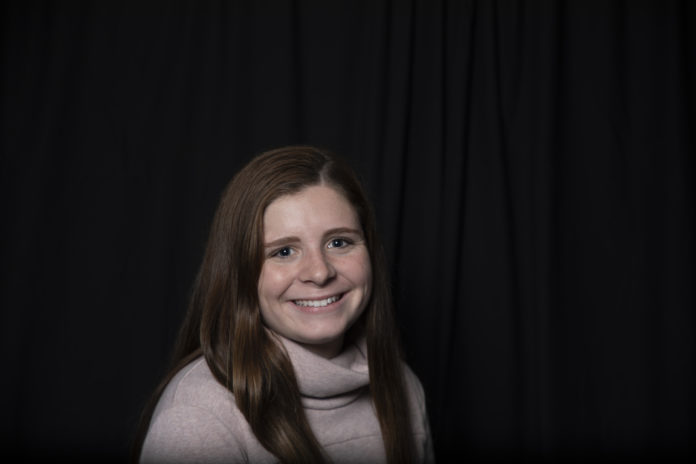By Mary Watson Vergnolle | Contributor
Since its founding, Baylor University has vowed to commit itself to academic excellence and Christian commitment through its various academic career programs and numerous student activities and organizations. Baylor has been under intense scrutiny over the past few years for its efforts to make safety a priority across campus. In an effort to address all issues throughout campus, there are safety procedures that can and should be dealt with properly to ensure a safe environment for all students and faculty.
One may be familiar with Emergency Call Boxes. These twelve-foot posts are located around campus with blue lights illuminating the surrounding area with the word’s “emergency” written down the side. The issue regarding campus safety as it pertains to these call boxes are the amount that are located on campus.
In the event of an emergency, any student can press the red button located on the emergency post and be in contact with the BUPD almost immediately. Baylor University is the largest Baptist university in the world, sitting at 1,000 acres yet there are only 81 Emergency Call Boxes located on campus, or about one for every 12 acres. If a student feels unsafe at night and is walking through a main area of campus to get home, such as Fountain Mall, they will only see one call box bordering the grass lawn, located between the Mars McLean Science Building and the Mars McLean Gymnasium.
There are also absences of call boxes in many prominent areas of campus including the Ferrell Center and the area around Foster Business School. For those who drive a vehicle, there are not many call boxes located inside of parking garages on campus either, according to Baylor University’s Department of Public Safety Call Box Map.
In addition to the need for more call boxes, students also must be educated on call boxes, how they are resources, and how to properly use one in the event of an emergency. Most students do not realize that call boxes connect you with the BUPD in a very timely manner as soon as you push the button and are very useful if you do not have a cell phone with you. It also provides law enforcement with an easy way to locate a student who is in trouble through the blue light located on top of the post.
The issue with the lack of call boxes is the idea that a student can’t always stay stationary in an emergency situation and may need to continue to move. Multiple call boxes would allow for students to push various buttons along their path while alerting police of their movements. Students must also strive to become educated on the repercussions for using one when there isn’t an emergency. According to the UTPD, “Pushing a call button when there is no emergency is the same as making a false report to law enforcement — a Class B misdemeanor punishable by up to 180 days in jail and a fine of $2,000.”
Baylor University has made numerous strides to fulfill its gap of safety resources in the past, with many emergency numbers available and BUPD on site, but we as a university must do more.
University of Texas at Austin is a smaller campus, only 437 acres, and they maintain 174 active call boxes in and around campus, according to the UTPD, about one for every two acres. In order to have and maintain safety around campus, we must install more call boxes not only on campus, but also at every level of every parking garage, and around surrounding streets in Waco for those who walk home at night. The safety of the community here at Baylor must continue to be a top priority and must be reflected through active resources that are available to students in emergency situations.
Mary Watson is a journalism major from Ponte Vedra Beach, Flor.






